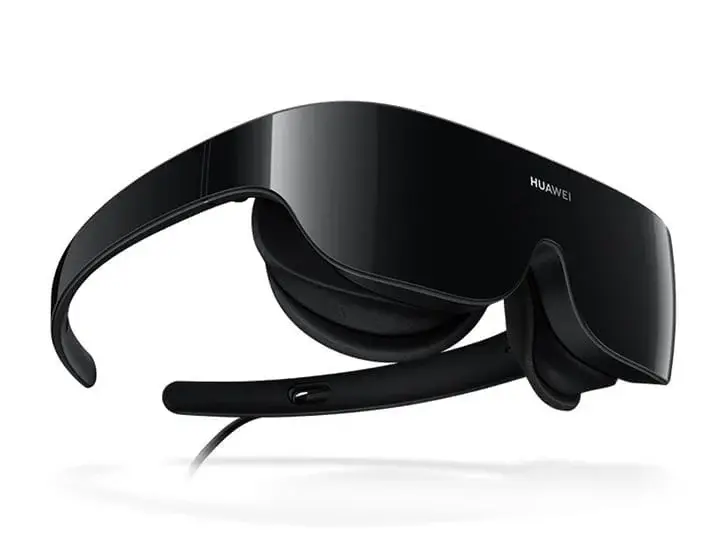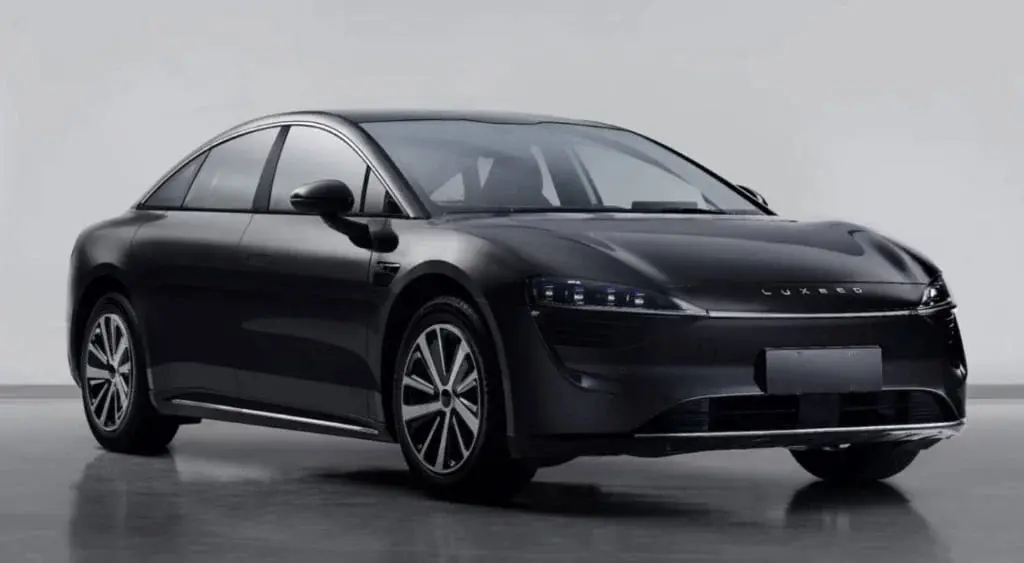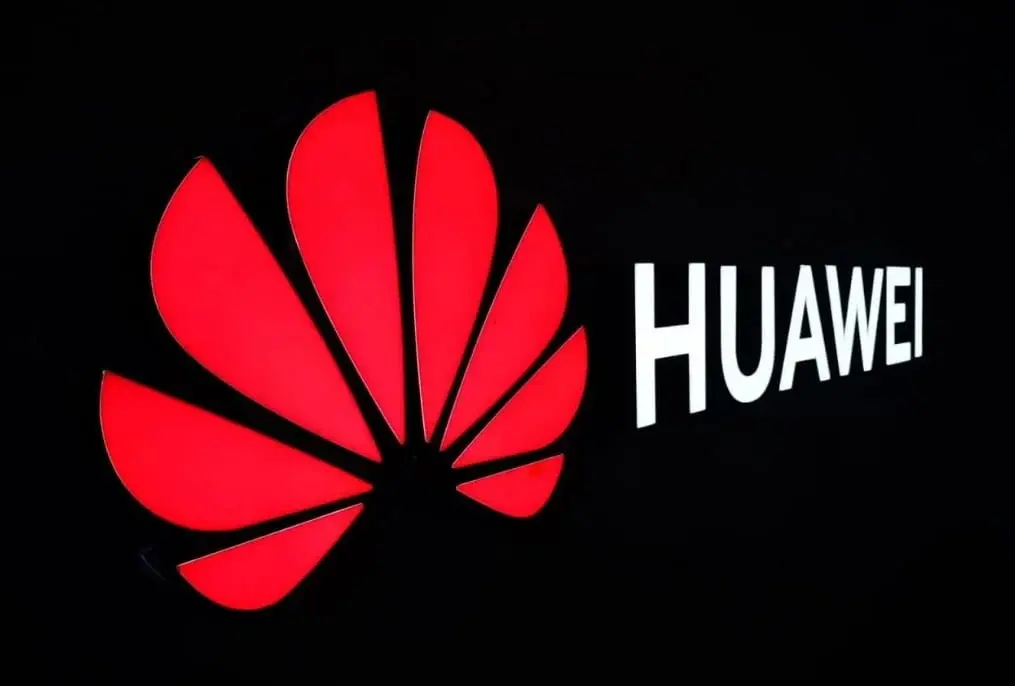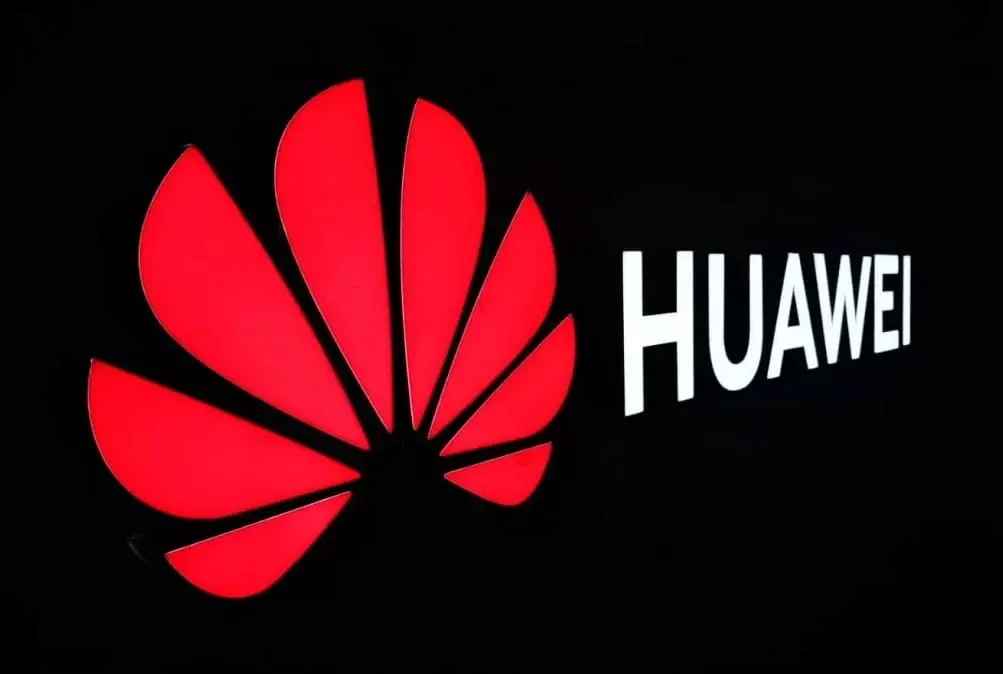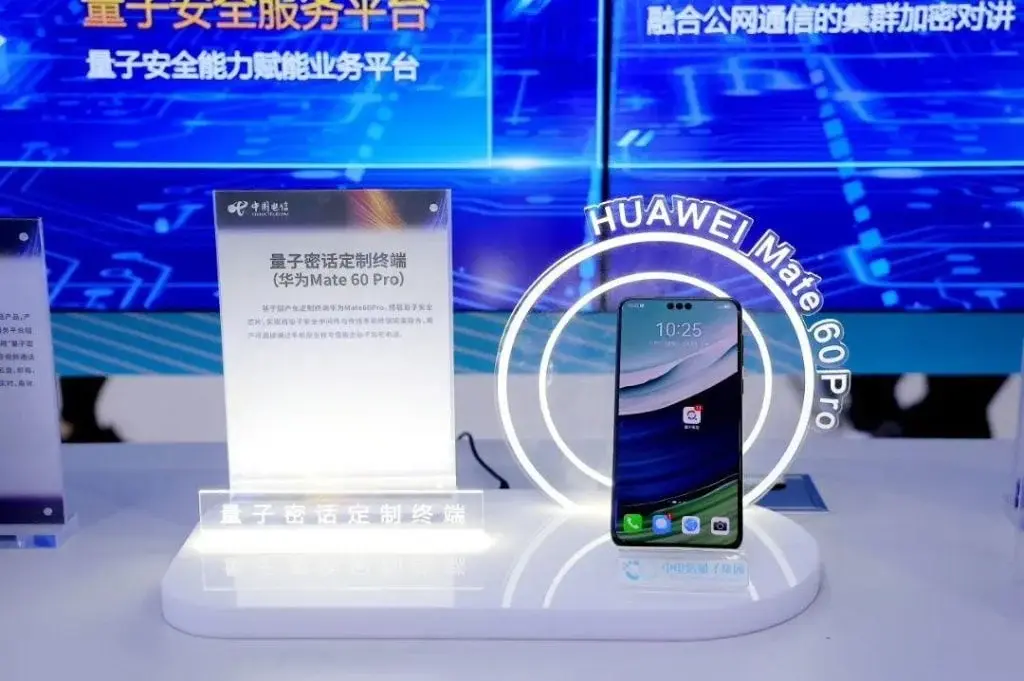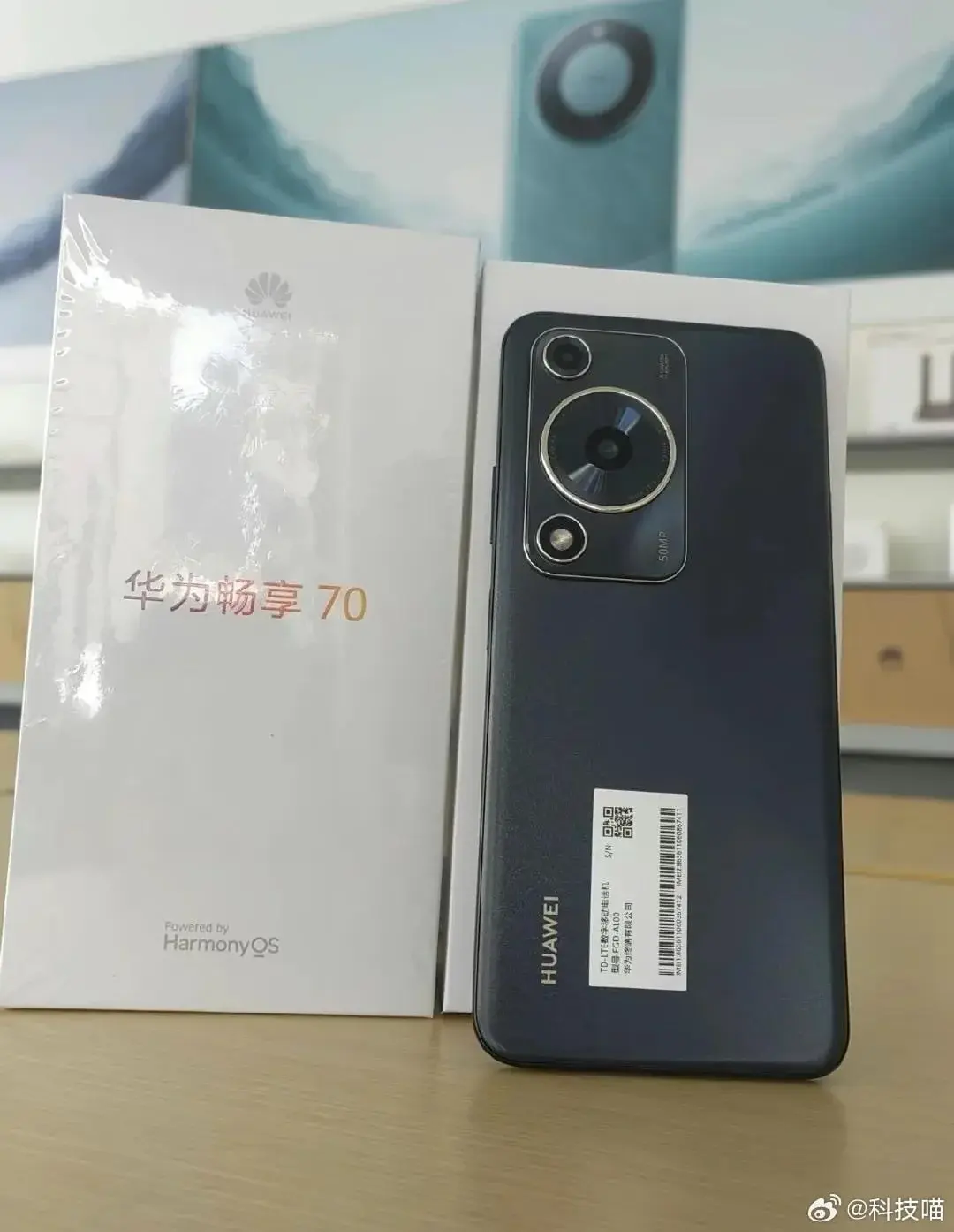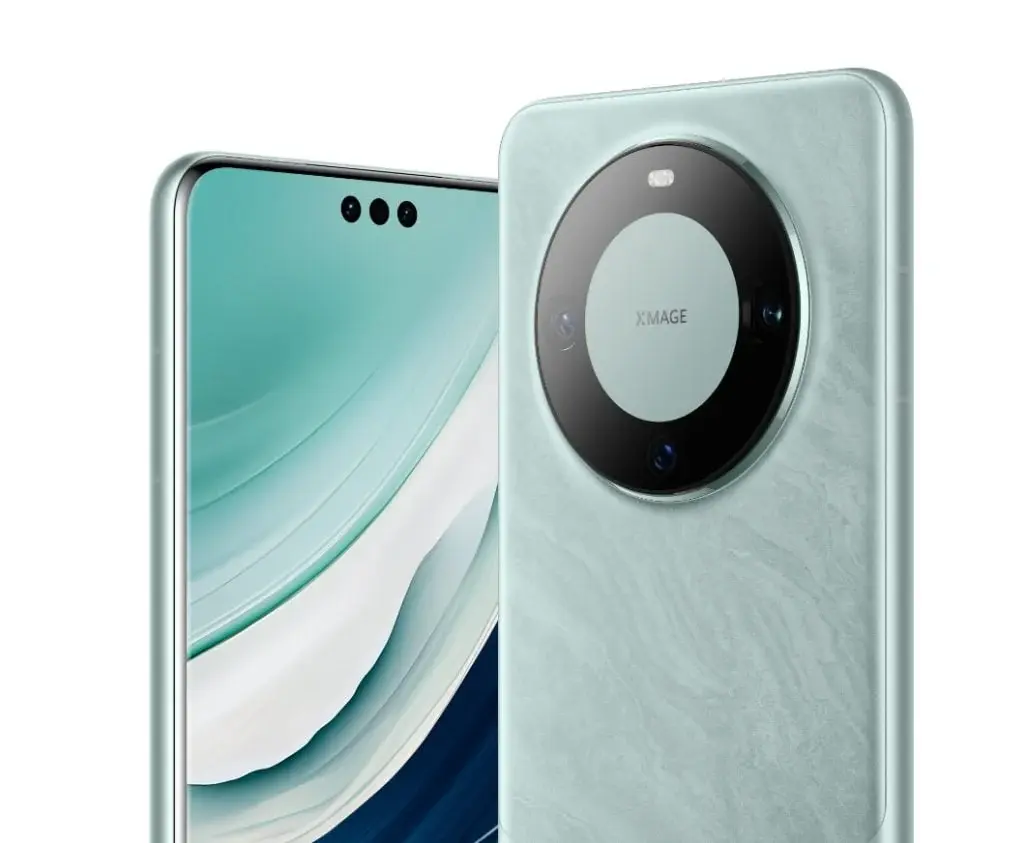Huawei's Next-Generation Nova 12 Ultra Smartphone Revealed in 3C Certification
Huawei, the renowned Chinese smartphone manufacturer, introduced its Nova 11 series smartphones in April this year. Now, reports suggest that Huawei is actively developing the next-generation models of its Nova lineup. One of these devices, the Nova 12 Ultra, has recently surfaced in a 3C certification, providing some key details about the upcoming smartphone.
Nova 12 Ultra's 3C Certification
The device, identified by the model number "ADA-AL00U," has appeared on the 3C Certification platform. Sources claim that this device is Huawei's all-new Nova 12 Ultra. The certification listing reveals an exciting feature of the smartphone – it will support 100W charging, just like its predecessor.
Huawei's 100W Super Charger
The 3C Certification further confirms that the Nova 12 Ultra will be equipped with Huawei's 100W Super Charger, identified by the model number "HW-200500C00." This charger offers multiple charging modes, including 10W (5V/2A), 40W (10V/4A), 66W (11V/6A), and 100W (20V/5A).
Camera and Chipset Details
While the 3C Certification listing does not provide any additional information about the Nova 12 Ultra, previous leaks have suggested that the smartphone will feature a camera module design similar to the Nova 11 Ultra, albeit with a different arrangement of lenses. Additionally, tipster Digital Chat Station has hinted that the Nova 12 Ultra will be powered by the Kirin 9000S chipset, enabling it to be a 5G handset. This same chipset is also present in the newly launched Huawei MatePad Pro 11 (2024).
What to Expect
With one of the Nova 12 Ultra devices having successfully passed the certification process, it is likely that more information about the Nova 12 series will emerge soon. Huawei enthusiasts can look forward to learning more about the specifications, features, and design of the upcoming Nova 12 Ultra smartphone in the coming months.


